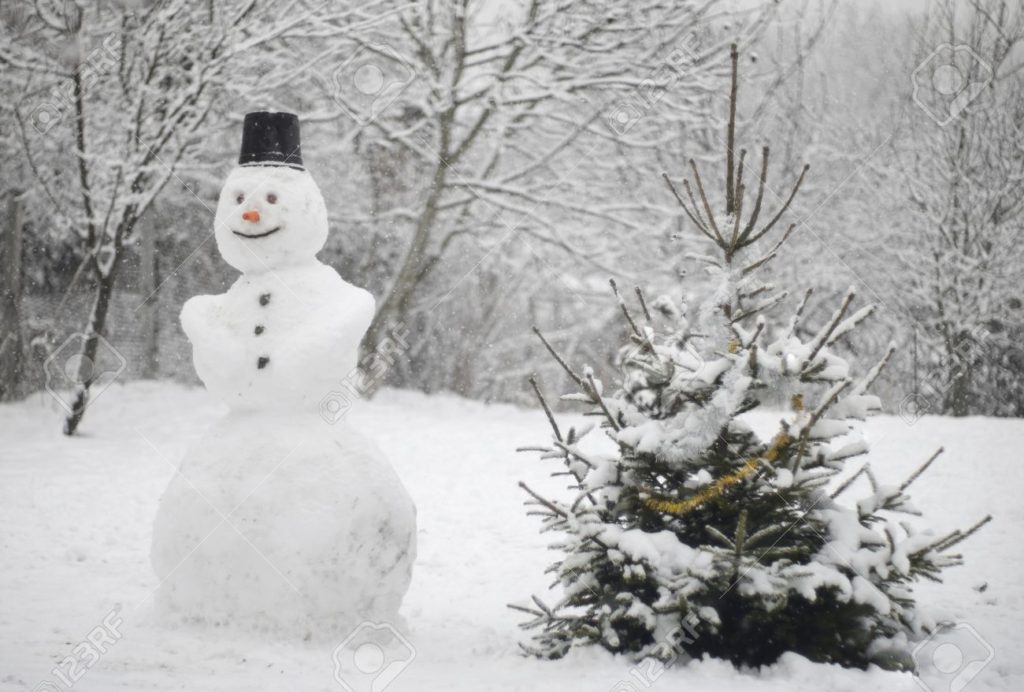Table of Contents
ACTIVITIES AND EXPERIMENTS
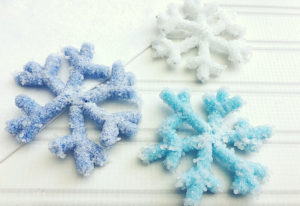 |
Make your own snowflakes! See Four Ways to Make Crystal Snowflakes. |
| The video Make It Snow: Incredible Science demonstrates how to make an amazing batch of snow at home in the kitchen using simple ingredients, a brown paper bag, and a microwave. | |
| Snow Globe Lab is a cool-looking chemistry project in which kids make their own snow globes. You’ll need baby food jars and an assortment of readily available ingredients such as mineral oil, Epsom salt, and talcum powder. | |
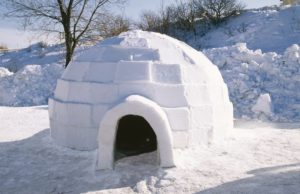 |
Want to build an igloo? Here’s how. |
| Among the Easy Snow and Ice Experiments are instructions for making an icicle, melting ice cubes with salt, making snow ice cream, and painting with rainbow ice. | |
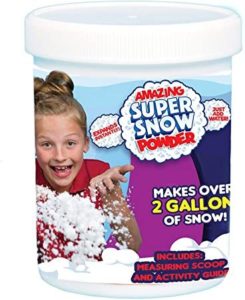 |
No snow of your own? Steve Spangler’s Instant Snow Powder makes three fluffy quarts of (fake, but cool) snow. |
SNOW MATH
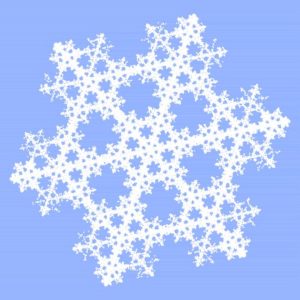 |
Fractals! Learn about Koch snowflakes and more. |
| The Infinite World of Fractals is an interactive overview with questions and problems. | |
| Gorgeous photos of Amazing Fractals Found in Nature. | |
| See How Fractals Work. | |
| Find out why we like fractals. See Why Fractals Are So Soothing. | |
| Is it true that no two snowflakes are alike? Not everybody agrees. Research and report! | |
| Snowball Duel is an interactive online game in which kids must take wind speed and direction into account while firing snowballs from (peculiarly) tanks. | |
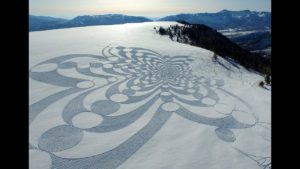 |
Check out the incredible geometric snow art of Simon Beck here. |
HOW MANY NAMES FOR SNOW?
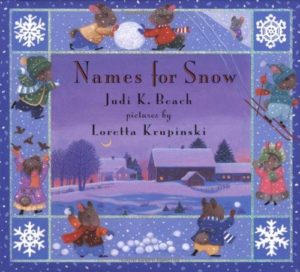
|
In Judi K. Beach’s Names for Snow (Hyperion, 2003), a little mouse asks “What is snow?” and gets a lot of answers – snow is called “Welcome in November” when it first falls, “Trickster” when it shows up belatedly in April, and many other things in between. For ages 4-8. |
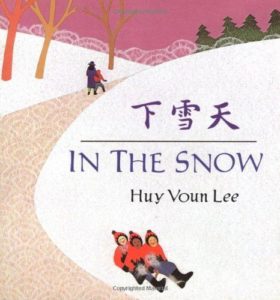
|
In Huy Voun Lee’s picture book In the Snow (Henry Holt and Company, 2000), kids learn ten Chinese characters as a mother and child take a snowy walk. (Included, of course, is the character for “snow.”) For ages 4-9. |
| Most of us have heard the story of the Inuits’ legendary 200 (or so) names for snow – a story that has been thoroughly debunked by Geoffrey K. Pullum in The Great Eskimo Vocabulary Hoax and Other Irreverent Essays on the Study of Language (University of Chicago Press, 1991). (The crucial essay, for interested older kids, can also be found here. |
